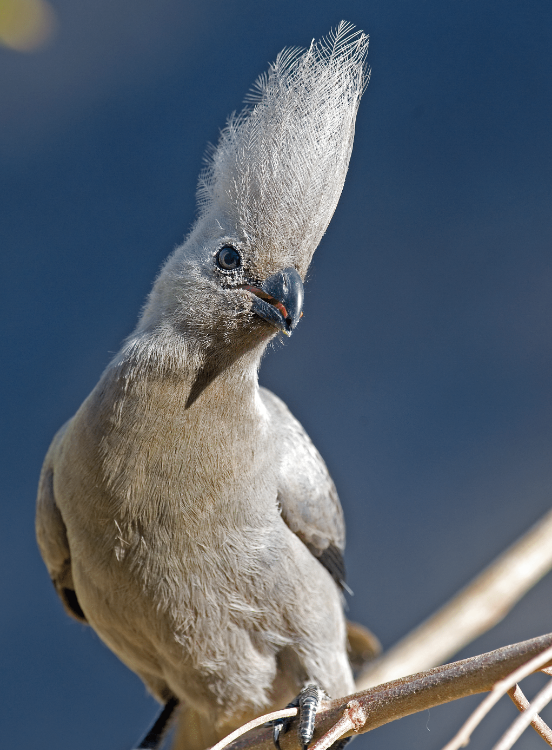Tasting cultures – such as smiley, oshifima and ekaka
September 3, 2012Camping journal: Camping with a sense of history
September 3, 2012Blackshouldered kite
Elanus caeruleus
Roberts’ No. 299
by Pompie Burger
Blackshouldered kites are fairly common roadside raptors in Namibia in terms of distribution as well as numbers. Their habitat ranges from grassland, farmland and woodland to savannah, which explains their abundancy. They are probably one of only a few raptors that have benefited from the cultivation of land, although this factor has not made a huge impact in Namibia. The only part of the country they don’t inhabit is the Namib Desert. They usually occur singly or in pairs, and if more than two are seen together, it’s probably a family unit whose offspring are still under parental guidance.
Normally blackshouldered kites start hunting early in the morning from a perch. If unsuccessful they start hunting on the wing with a bit more urgency, flying into the breeze flapping their wings in a circular motion and hovering in one spot while scanning the ground for prey.
We’ve often seen these birds hunting during the late morning, hovering with perfect wing co-ordination, ensuring that they remain in one position. At the slightest movement in the grass they drop down and snatch up their victim in their talons. A blackshouldered kite’s diet consists 98% of rodents, occasionally also insects and reptiles. On more than one occasion we’ve seen these birds catching and devouring their prey with gusto. Several of them usually end up in the same camel-thorn tree having their brunch together.
They have an extremely elegant and effortless flight. However, they spend a large portion of their day in a sedentary fashion, perched in an inconspicuous place once they’ve filled their stomachs. When they become excited, they tend to wag their tails up and down. A new nest is built every year, albeit it often in the same tree. Breeding in Namibia takes place throughout the year.
This article appeared in the July/Aug ‘05 edition of Travel News Namibia.
Based in Windhoek, Pompie Burger is an orthopaedic surgeon whose part-time passion is photography, in particular wildlife, and specifically birds. This regularly takes him to the most remote corners of the country, resulting in riveting images and articles.
Pompie is the author and photographer of the coffee table book Birds of Namibia, which was published in 2008. The book contains articles and photographs which attest to the insight and knowledge of an accomplished observer.
Read more of his articles in our Birding Section.


